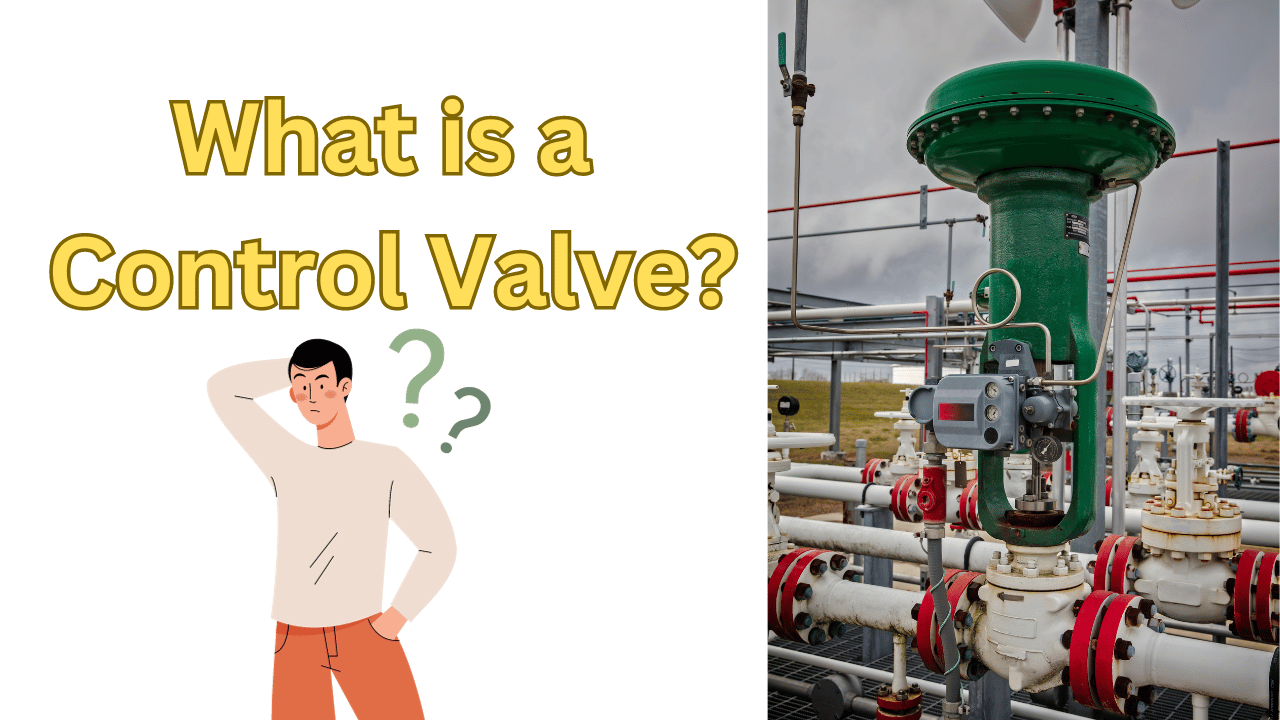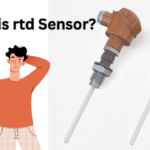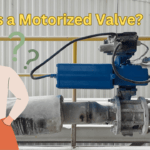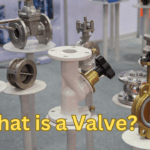What is a Control Valve?
In the world of engineering and industrial processes, control valves play a pivotal role, acting as the gatekeepers that regulate the flow of liquids, gases, and other substances within a system. These unsung heroes are crucial components that ensure precision and control in a wide range of applications, from the petrochemical industry to food processing plants. This article delves into the intricacies of control valves, exploring their functions, types, and the critical role they play in maintaining efficient operations.
Understanding Control Valves
Control valves, often referred to as the “final control elements,” are an integral part of a control loop. Their primary function is to control the flow of fluid within a system, whether it’s liquid, gas, or steam. This control is essential for maintaining process variables such as pressure, temperature, and flow rates, ensuring that the system operates within desired parameters.
The Basic Mechanism
Control valves operate on a simple principle: they change their position to control the flow rate. When a control signal is sent to the valve, it adjusts its position to open or close, regulating the flow accordingly. This mechanism can be manual, pneumatic, electric, or electronic, depending on the specific application.
Types of Control Valves
Control valves come in various types, each designed for specific tasks and industries. Here are some common types:
Globe Valves
Globe valves are known for their precise control, making them suitable for applications requiring accurate flow regulation. These valves are characterized by a globe-shaped body and a movable plug or disc, which controls the flow by adjusting the passage size.
Butterfly Valves

Butterfly valves, with their quick on/off action, are ideal for applications where fast control is essential. They consist of a rotating disc mounted on a shaft, which acts as the control element.
Ball Valves

Ball valves use a spherical disc to control flow. They are durable, offer tight shutoff, and are commonly used in applications where leakage is a concern.
Plug Valves
Plug valves feature a cylindrical or tapered plug to control the flow. They are known for their simplicity and reliability, making them suitable for a variety of industries.
The Importance of Control Valves
Control valves are essential for several reasons:
Precise Control
In many industrial processes, precision is paramount. Control valves allow operators to fine-tune the flow rate, ensuring that the system operates within a narrow range of parameters.
Efficiency
Efficiency is key to cost-effective operations. By controlling the flow of fluids, control valves help optimize energy consumption and reduce waste.
Safety
Control valves play a crucial role in ensuring the safety of industrial processes. They can quickly shut off the flow in emergency situations, preventing potential disasters.
Components of a Control Valve
A typical control valve consists of the following components:
- Valve Body
- Actuator
- Positioner
- Valve Trim
These components work together to control the flow of fluid efficiently.
Control Valve Actuators
Control valve actuators are responsible for moving the valve’s closure member. They come in various types, including:
Pneumatic Actuators
Pneumatic actuators use compressed air to operate the valve. They are suitable for applications where quick response times are required.
Electric Actuators
Electric actuators are powered by electricity and are known for their precise control. They are often used in applications where accuracy is crucial.
Hydraulic Actuators
Hydraulic actuators use hydraulic fluid to operate the valve. They are ideal for applications with high-pressure requirements.
Control Valve Sizing
Sizing a control valve is crucial to ensure it can handle the required flow rate without causing excessive pressure drop. Proper sizing is essential for efficient operation.
Control Valve Material Selection
The material of a control valve is chosen based on the nature of the fluid and the environmental conditions. The right material selection ensures longevity and performance.
Applications of Control Valves
Control valves find applications in various industries, including petrochemical, pharmaceutical, water treatment, and more. They are used in processes such as level control, temperature control, and pressure control.
Challenges and Maintenance
Control valves, like any mechanical component, require regular maintenance to function optimally. Challenges include wear and tear, corrosion, and issues with the control system. Regular inspections and maintenance are essential to prevent downtime and ensure system efficiency.
Conclusion
In conclusion, control valves are unsung heroes in the world of industrial processes. They enable precise control of flow, enhance efficiency, and contribute to the safety of various applications. Understanding the types and functions of control valves is essential for maintaining smooth and cost-effective operations in numerous industries.
Frequently Asked Questions (FAQs)
Q1. What industries rely heavily on control valves?
A1. Control valves are crucial in industries such as oil and gas, chemical processing, and water treatment.
Q2. Are there control valves for controlling the flow of solids?
A2. Yes, there are specialized control valves designed for handling solid materials in industries like mining and agriculture.
Q3. How do I know which type of control valve to use for my application?
A3. The choice of control valve depends on the specific requirements of your system. Consulting with a valve expert is recommended.
Q4. What is the difference between open-loop and closed-loop control systems?
A4. Open-loop control systems operate without feedback, while closed-loop control systems use feedback to make adjustments, often involving control valves.
Q5. Can control valves be automated for remote control and monitoring?
A5. Yes, many control valves can be equipped with actuators and integrated into control systems for remote operation and monitoring.








